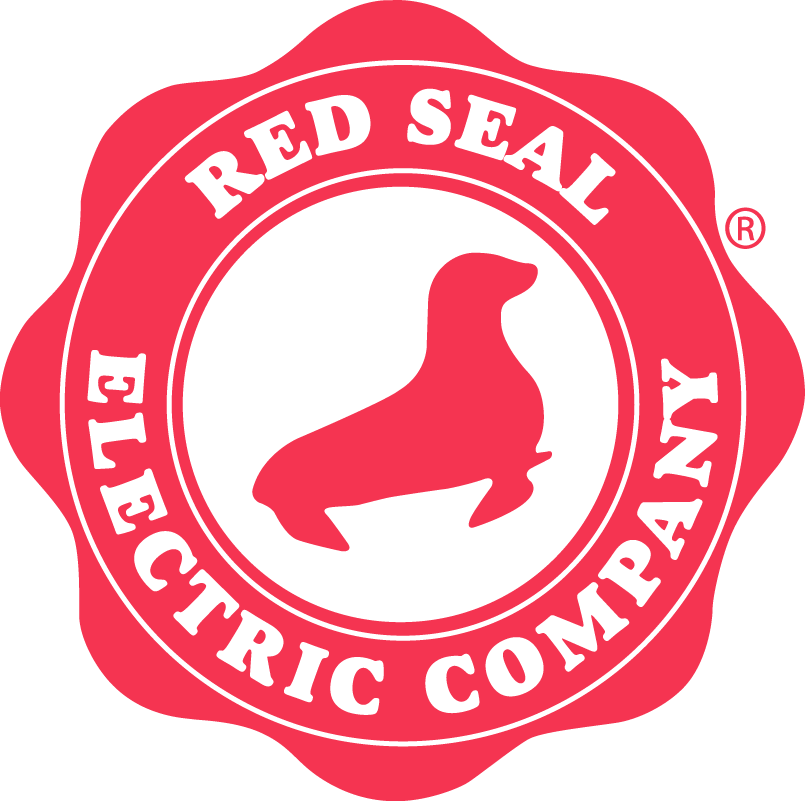What Is Thermoforming and Why Is It Used?
Are you familiar with thermoforming? Many manufacturers use the process to create items we interact with every day. Many businesses can benefit from the thermoforming process and the products it produces, so if you’re asking, “what is thermoforming and why is it used?” read on to see how it could benefit your business.
What Is the Process of Thermoforming?
Thermoforming involves using thermoplastic materials, which are resins with versatile forms that can be softened or hardened. The thermoplastics used for thermoforming come in sheets, which are heated to make them more malleable and workable. Manufacturers stretch these heated sheets over a mold to create a certain shape. Once they fit the thermoplastic to the desired shape, the manufacturer will cool the material and trim it for an even more accurate shape.
Applications for Thermoforming
There are many applications and uses of thermoforming. This process helps create plastic items that we use daily, including disposal cups and containers, trays, and more. Many industries benefit from thermoforming and its products, like the food, medical, and retail industries—any business that would benefit from highly available and disposable plastics.
Benefits of Thermoforming
Thermoforming products have many benefits, which also explains why this process is important to many industries. The production time for thermoforming products is fast, usually taking only 2-3 weeks before your products are available. Thermoforming creates products that are durable and can meet a variety of functions. Another perk of this process is that the thermoplastic materials that it uses are typically recyclable, depending on the exact type of plastic. This makes thermoforming both practical and sustainable.
We hope this short tour of the manufacturing process helps explain what thermoforming is and why it is used. Red Seal Electric Company specializes in non-metallic materials such as thermoplastics and thermalates. So, if you’re interested in these materials for your business, we can help answer all your questions.

